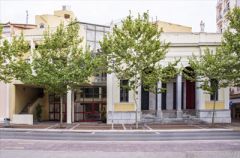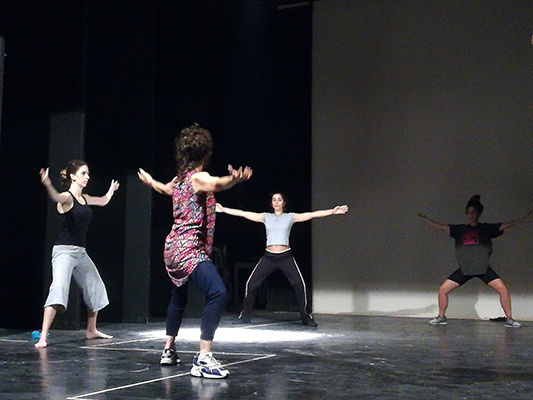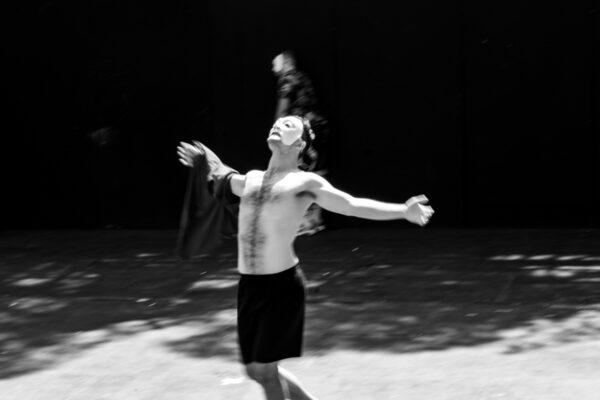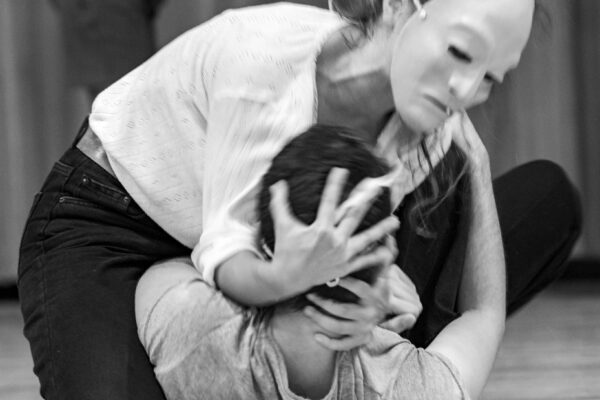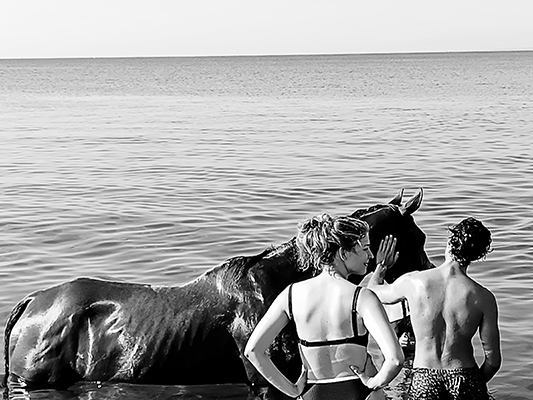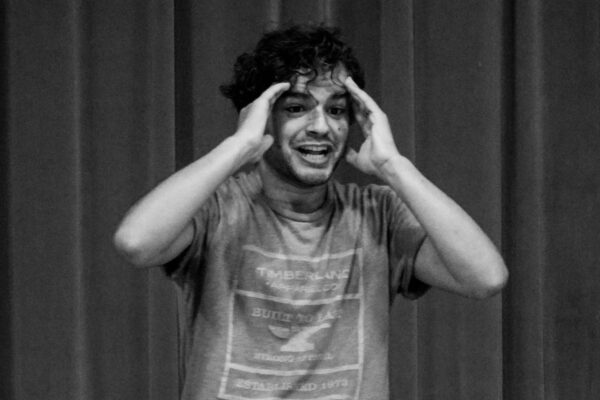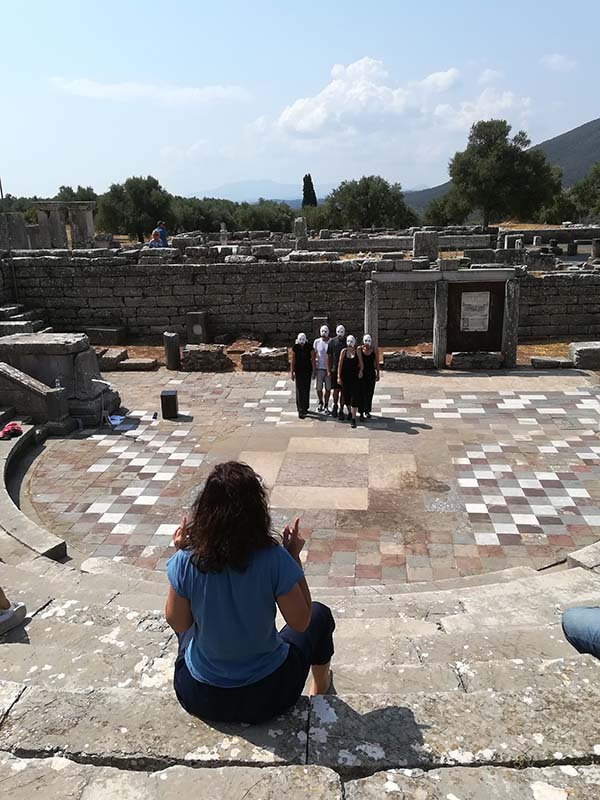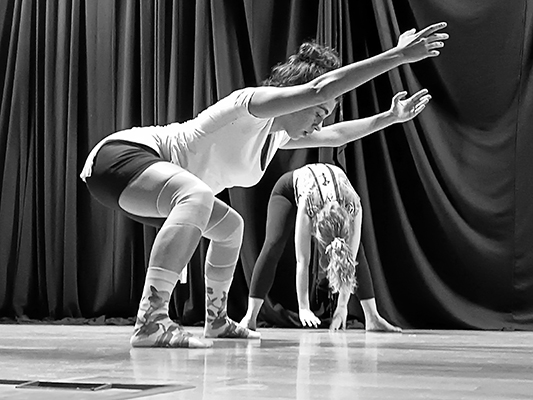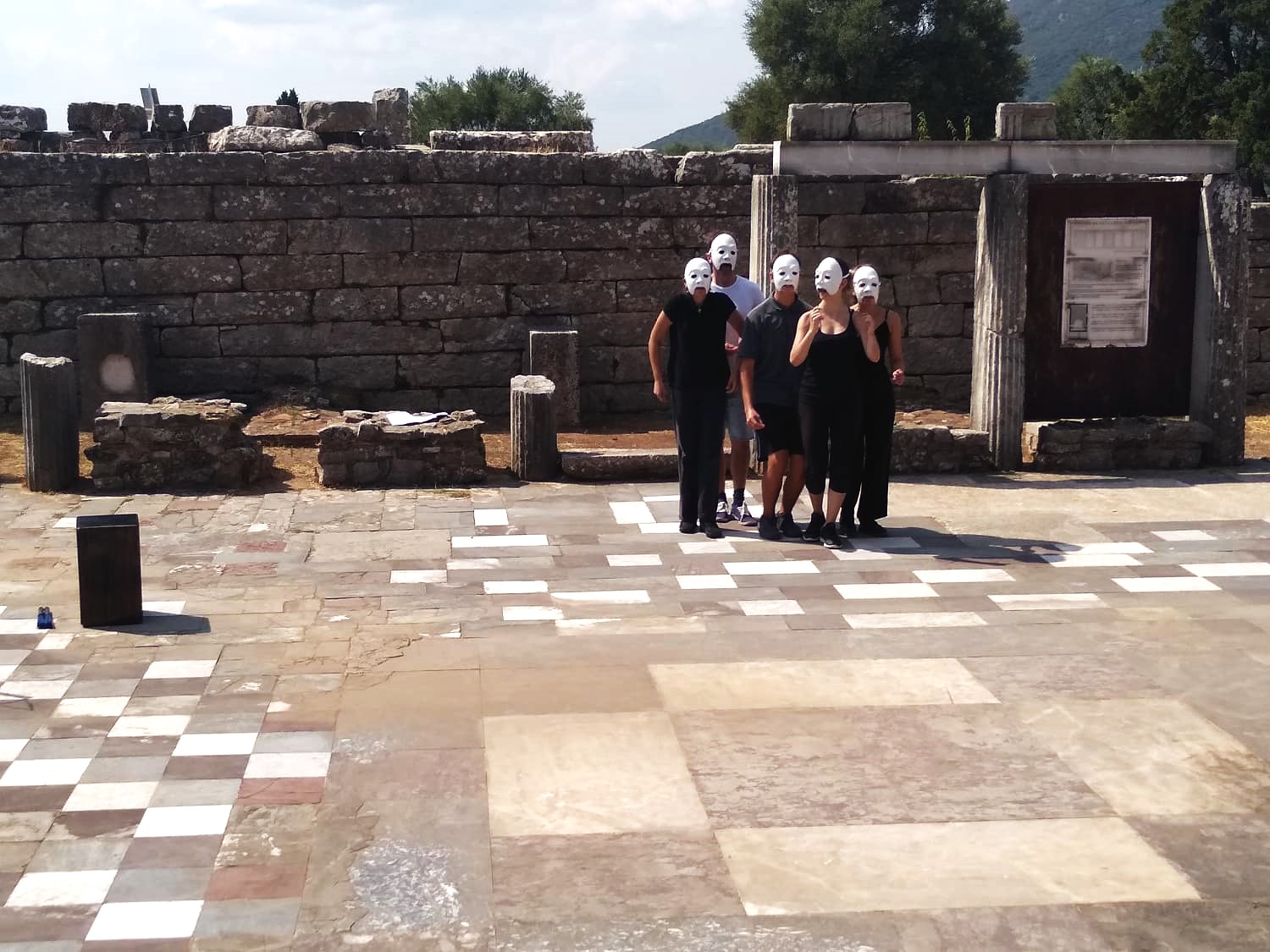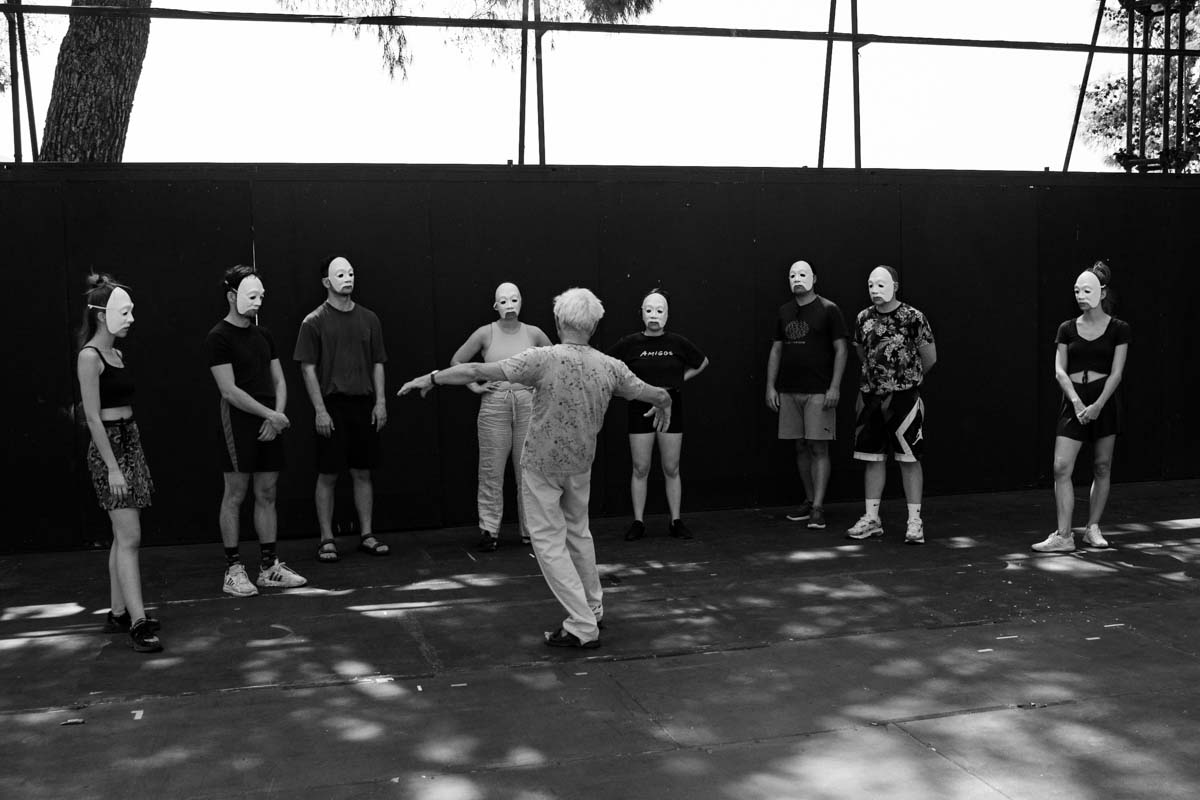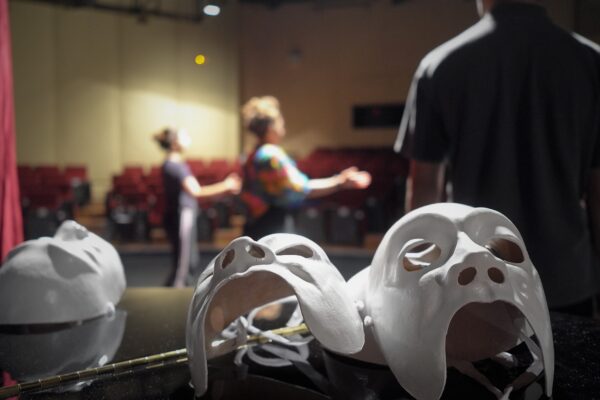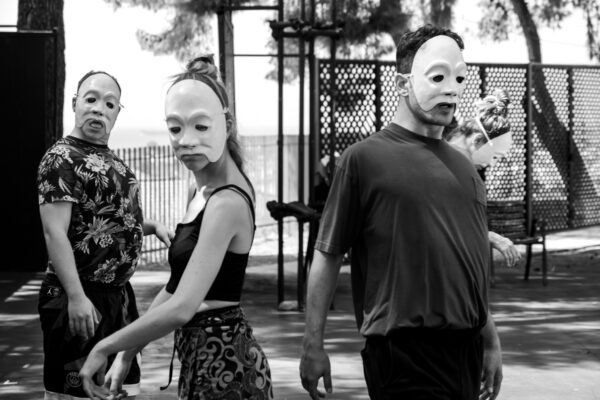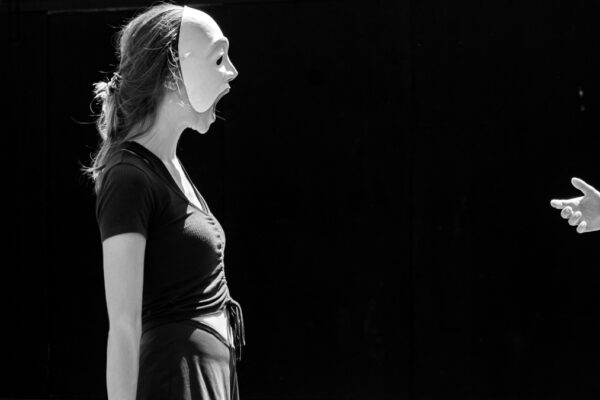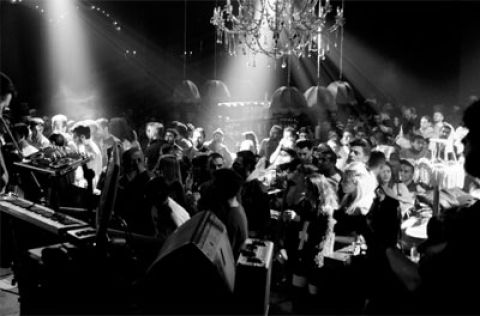
Kalamata is a modern provincial capital and tourist attraction, famous for its sandy beach, elegant waterfront promenade, traditional tavernas as well as trendy cafes and bars, its Old Town and its modern outlook and lifestyle. It hosts numerous cultural events, such as the annual Kalamata International Dance Festival.Walks
The point of reference in the town of Kalamata is the legendary “castle of Isabeau” (the Kastro). It is constructed on the site of the acropolis of ancient Pharai offering a bird’s eye view of the city. The fortress was built in the 13th century by the occupying Franks and underwent subsequent additions and conversions by the Venetians and the Turks. Today, it is the venue of an open-air stage for drama, music and dance. No less beautiful is the Palia Poli (Old Town) at the foot of the Castle. There you will find the Metropolitan Panagia Ipapanti church of 1873 as well as the 12th century Kalograion Convent with the renowned silk-weaving workshop where the famous Kalamata scarves are made. Close by is the Byzantine church of the Agioi Apostoloi (13th century, albeit extensively restored after the earthquake of 1986) with brick-enclosed masonry.
The central square along Aristomenous Street and the sea front promenade are the hotspots for the city’s inhabitants and visitors.
Beaches
Kalamata has its own long beach, lined with cafes, bars and tavernas. There are also many wonderful beaches along the coast of Messinia, with the crystal-blue waters of the Messinian Gulf annually awarded for being among the cleanest of the Mediterranean.

